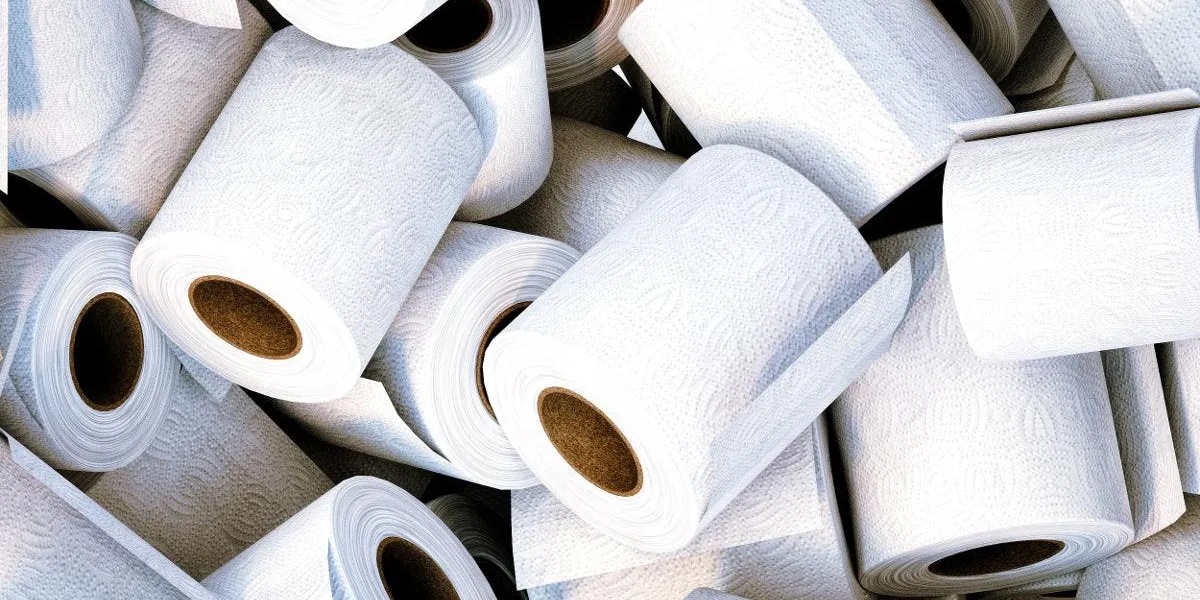Forever chemicals are the more common
PFAS, sometimes known as “forever chemicals”, have been discovered in a variety of common products, including clothing, carpeting, nonstick cookware, and several personal care items. Our toilet paper, according to researchers, is another everyday item that pollutes wastewater systems.
According to this article, PFAS have been connected to health problems like cancer, trouble with reproduction, and weakened immune systems. These hazardous chemical substances don’t degrade in the environment (PFAS are common in soil, landfills, and wastewater), thus they migrate through our soil and water systems, poisoning drinking water and building up in wildlife.
Examining “sewage sludge,” or the biosolids left over as a byproduct in wastewater treatment procedures, is one technique to determine how polluted our water systems or the environment as a whole are. A few years ago, Jake Thompson, a Graduate student at the University of Florida, discovered unusually high quantities of 6:2 diPAP, one kind of PFAS, in biosolids.
He discovered that this specific chemical is frequently used in the production of paper (it is needed to transform wood into pulp), so he wanted to examine toilet paper, therefore he collected many varieties from around the world to study. Every type of toilet paper that was gathered, 21 distinct types from Europe, North America, South and Central America, and Africa, contained PFAS. The researchers tested recycled toilet paper but not any bamboo toilet paper.
“It was pretty uniform, with a natural degree of variability, among all the samples”, according to Timothy Townsend, a co-author of the study and an environmental engineer at the University of Florida, Environmental Science & Technology Letters. “To see this one signature chemical, which we’ve already seen before in the sewage sludge, also turn up in the toilet paper certainly indicated that this is another source that we need to be thinking about when it comes to… limiting the amount of PFAS that gets into the environment”.
There are considerable variations in how much toilet paper contributes to the total amount of PFAS in wastewater around the world. Just 3.7% of the 6:2 diPAP present in sewage sludge was thought to have originated in North America, according to studies. In France (89%), and Sweden (35%), the rates were greater.
However, the researchers point out that while toilet paper is one of several sources contributing to PFAS pollution, their findings do not necessarily imply that it is not a substantial source of PFAS in the United States. The study did consider typical toilet paper consumption by area, which may vary depending on whether individuals, for example, toss their toilet paper out in a wastebasket or mostly use bidets; those in the U.S. and Canada had the maximum per capita toilet paper use.
The safety of the chemical and potential environmental effects of PFAS found in toilet paper were not examined in this study; according to Townsend, much more research is required to properly understand these substances and their effects.
“The big lesson here is that we know that it’s in sewage sludge, we know that it’s in wastewater, but it’s not some big chemical company dumping things down the drain, and it’s not only the personal care products and the cleaning products going down the sink. It also appears to be just even the basic products themselves”.

